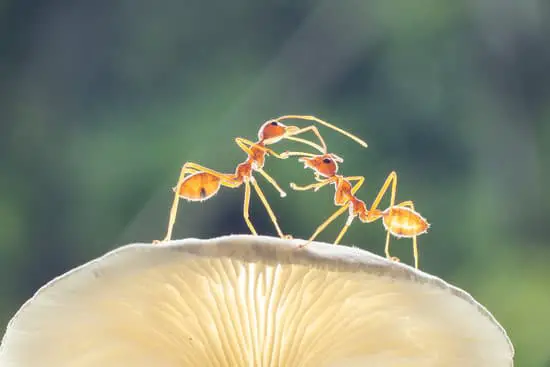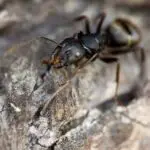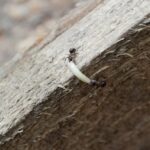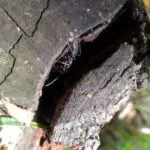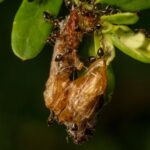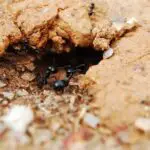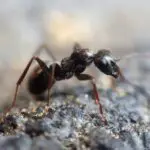How Do Ants Prevent Traffic Jams?
Physicist Apoorva Nagar of the Indian Institute of Space Science and Technology studied ants’ behavior and developed a mathematical model of their traffic patterns. Her results are set to be published in Physical Review E.
Nagar’s model fits experiments that were conducted to study the traffic of ants running in a line. Scientists also observed the behavior of different species of ants as they moved along a bridge. They found that the flow of ants was directly related to their density.
When density increased, ants increased their speed and avoided collisions. They also avoided overcrowded paths and trails. A study of black garden ants showed that they preferred a well-marked route. They shoved other ants off the road to avoid congestion. They also laid down scent cues to help other ants follow their routes.
In a laboratory study, researchers filmed ants traveling from their nests to a food source. They then fitted the data to traffic engineering models. Researchers also recorded the number of collisions and the ant speed. The researchers used different size colonies of Argentine ants, ranging from 400 to 25,600 ants.
They also used different widths of bridges to study the flow of ants in different conditions. They found that ants occupied 80% of the available space, twice the occupancy rate of human pedestrians.
The researchers also found that ants have evolved a three-lane traffic system, which puts human highways to shame. Unlike humans, ants self-regulate their behavior and adjust their speed depending on the situation.
